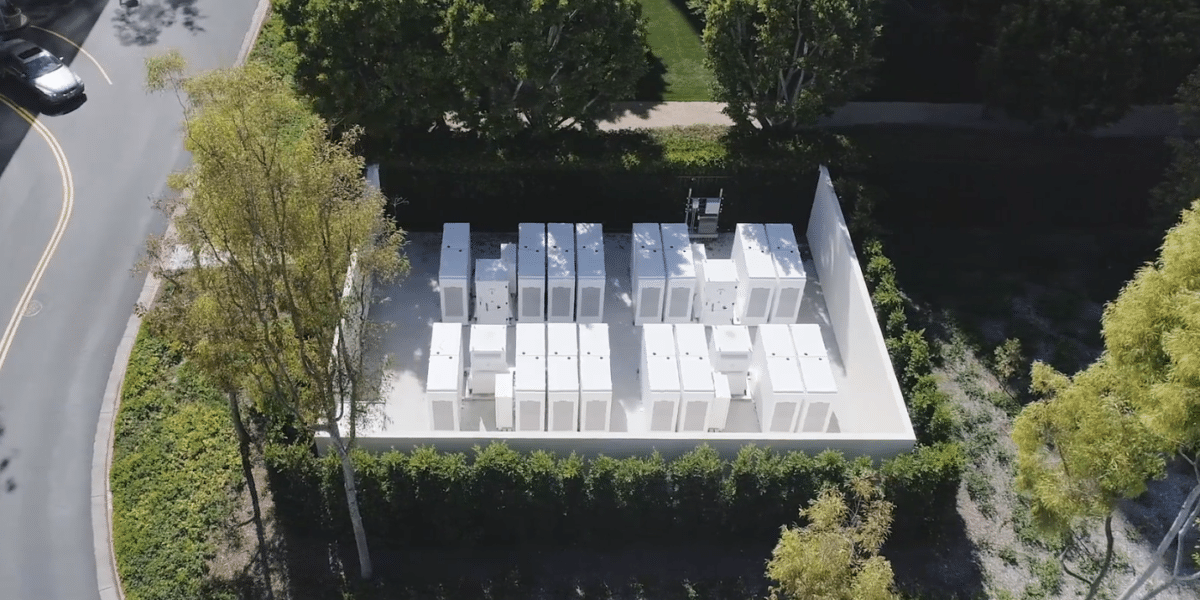Most people think of energy storage as a thing to run when the lights shut off, however the 112 minutes of downtime that the average rate payer experienced in 2016 doesn’t seem to motivate much energy storage buying in this commercial developer’s experience. What does motivate buyers are demand charges (commercial customers), no solar export laws (Hawaii) and time of use charges (California for residential and commercial customers).
Researchers at the US Department of Energy’s Lawrence Berkeley National Laboratory (LBNL) have published “Implications of Rate Design for the Customer Economics of Behind the Meter Storage.” The document models how electric company demand charges and electricity pricing arbitrage drive the economic payback of energy storage when installed on the customer’s side of the electric meter (behind the meter).
The value of this document is to help a developer determine which leads are valuable – i.e. higher probability to close because they have a fast payback period – and to continue chasing early on in the sales cycle. Go to the end of the article for a real life example of solar+storage lowering a bill wonderfully in California.
The above images focus various demand charge savings, and how they affect payback periods. The specific analysis here is of a shopping center, as the analysis suggested this type of customer would be able to benefit due to their load profile. The document also looked at a flat demand charge manufacturing facility, as well as a shopping center with solar power – whose returns were higher than the shopping center without solar.
What the charts on the left suggests is that a $7/kW demand charge (the dotted line) will drive a ten year payback (right chart). As well, it shows that if your demand peak aligns with the evening demand window the payback period is higher, shorter demand charge billing intervals pay better, and that seasonal and “Ratch” rates don’t really have much of an effect.
Prior research by the National Renewable Energy Labs gives insight into what regions across the country – 70% of electricity tariffs (pdf) – have viable cost structures that would in fact drive the economic paybacks shown above. This research is a couple of years old now, and the regions have expanded as energy storage pricing has fallen.
The above image shows various types of electricity pricing arbitrage can drive electricity bills savings over a year (left image). Customers with Time of Use and Critical Pricing Period + Time of Use billing tariffs have the greatest opportunity by far. These opportunities are less abundant than demand charges though, but they offer potentially greater revenue opportunities than demand charges because of their extreme nature. Texas and Kentucky are noted as the highest paying regions, with California, Florida, Arizona, and a few other states having economic paybacks of interest.
The right image shows how extending the number of hours the energy storage can supply increases potential revenue – with four hour energy storage offering greater opportunities for time of use customers.
There are other benefits that can come to a customer in very special cases. This author developed a project in Southern California Edison territory that was able to change a customer’s billing tariff. This tariff change – old billing in left below image, new in below right – lowered the customer’s monthly fixed billing charge from $229/month to $27/month. As well, we were able to completely get rid of the demand charge with the new billing tariff.
This customer was able to see their demand charge peak of 43 kW come down to below 20 kW on a constant basis, and this was the driver of the customer being able to change their tariff and fundamentally shift their billing structure.
This advice comes from personal experience. If any of your energy storage customers ever ask you whether you think the investment is a smart one, you can always flip the script on them and tell them that you’ve got investors who would consider owning their system, and giving them a discount.
This content is protected by copyright and may not be reused. If you want to cooperate with us and would like to reuse some of our content, please contact: editors@pv-magazine.com.














Solid article.
The TOU and a push for a move from net metering to net billing is starting to take hold across the country. Since about 2017 APS in Arizona has it’s E12 electric rate, where individuals pay more during the summer months due to air conditioning. The ET-1 and ET-2 rate plans with differing TOU hours and apparently pricing schemes. ET-1, 12 hours of on peak charges, 9AM to 9PM. ET-2, 7 hours of on peak charges.